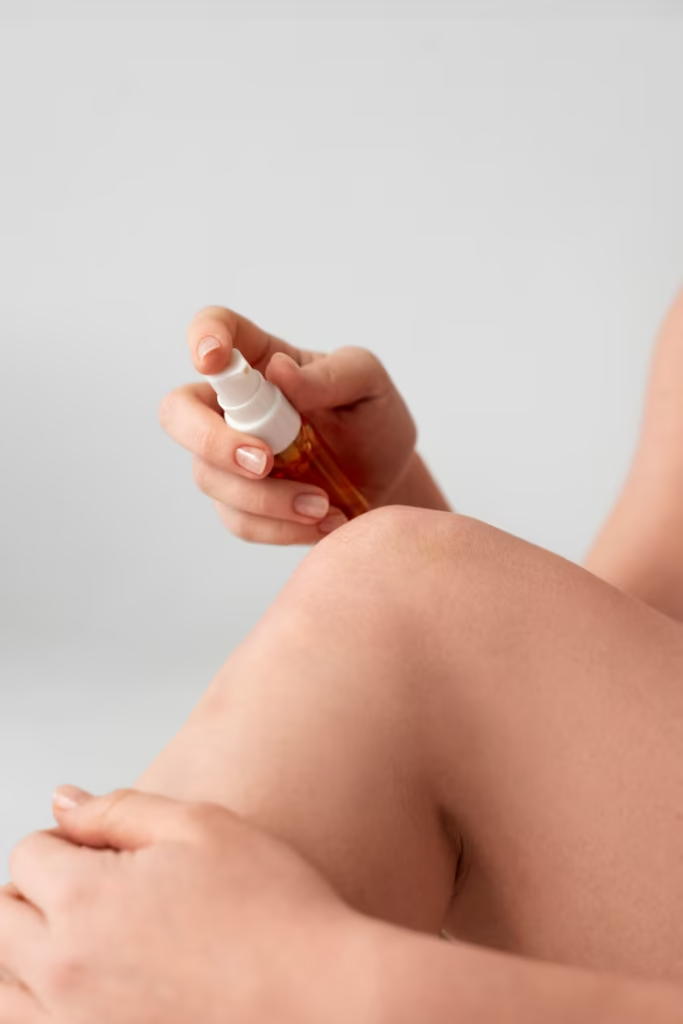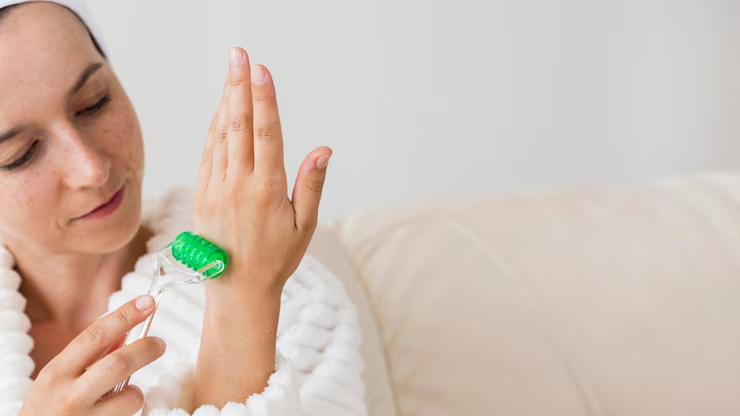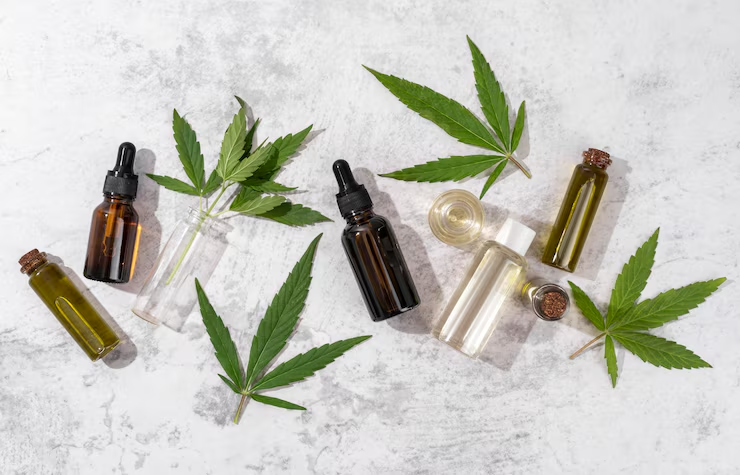How to Test a New Roll-On for Skin Sensitivity
Table of Contents
Roll-on products — whether infused with essential oils, cbd roll on for pain, or herbal blends — are popular for their convenience and targeted application. But if you have sensitive skin, it’s important to be cautious before applying any new product. Knowing how to properly test a roll-on for skin sensitivity can prevent allergic reactions, irritation, or long-term damage.
In this guide, we’ll explore step-by-step how to test a roll-on for skin sensitivity, including what to look for, where to apply the test, and how to choose safe, skin-friendly ingredients.
Why Sensitivity Testing Matters

Your skin is your body’s first line of defense. It’s also highly reactive, especially if you suffer from allergies, eczema, or have sensitive areas like the face, neck, or underarms. Even natural ingredients — such as essential oils, menthol, or herbal extracts — can trigger reactions.
By testing a roll-on for skin sensitivity before full use, you can avoid issues like:
- Redness or inflammation
- Burning or stinging sensation
- Dryness or flaking
- Allergic dermatitis
- Long-term sensitivity buildup
Step-by-Step Guide: How to Test a Roll-On for Skin Sensitivity

1. Review the Ingredients First
Before you even open the roll-on, read the label. Look for any ingredients you’ve had negative reactions to in the past. Common irritants include:
- Fragrance/parfum
- Menthol
- Artificial colors
- Citrus essential oils (like lemon or bergamot)
- Preservatives (like parabens)
If the roll-on contains multiple essential oils or active botanicals, proceed with caution.
2. Choose a Safe Patch-Test Area
The inner forearm or the crook of your elbow are ideal spots for testing. These areas are relatively sensitive and will react similarly to more delicate parts of your body without being too exposed.
3. Apply a Small Amount

Roll on a small amount (about the size of a dime) and do not rub it in. Let it absorb naturally into your skin. Cover with a bandage if needed to prevent unintentional spreading or washing off.
4. Wait and Observe
Leave the product on for at least 24 hours, checking periodically for:
- Itching
- Redness
- Burning
- Dryness
- Bumps or swelling
If no reaction occurs after 24 hours, the product is likely safe for regular use. However, some people may take up to 48 hours to show delayed sensitivity — so if you have extremely sensitive skin, extend your test period.
5. Perform a Spot Test in Application Area
Once your initial patch test passes, do a second small test in the area where you plan to use the product most often (e.g., temples, neck, joints). This is especially important if you’re using a CBD roll-on, pain relief blend, or essential oil formula near the face or underarms.
Pro Tips for Sensitive Skin Users
- Opt for fragrance-free or hypoallergenic roll-ons.
- Use products with a short, natural ingredient list.
- Avoid applying after shaving or exfoliating, when your skin is extra sensitive.
- Store your roll-on in a cool, dark place to prevent spoilage.
- Check expiration dates. Expired ingredients are more likely to irritate skin.
What to Do If a Reaction Occurs
If your skin reacts during testing:
- Immediately wash the area with cool water and a gentle cleanser.
- Avoid scratching or rubbing.
- Apply a calming product like aloe vera gel or colloidal oatmeal lotion.
- If symptoms persist, consult a dermatologist or healthcare provider.
Never continue using a product after a negative skin reaction — even if the formula is marketed as “natural” or “sensitive.”
FAQs: Roll-On for Skin Sensitivity
1. Is it safe to use essential oil roll-ons on sensitive skin?
Yes, but only if the oils are diluted properly (typically 1–2% dilution) and you’ve done a patch test. Some oils, like lavender or chamomile, are better tolerated by sensitive skin than others.
2. How often should I test new roll-ons?
You should test every new product, even if it’s from a brand you trust. Formulas change, and what works for one area of skin might not work for another.
3. Can I still be allergic to natural ingredients?
Absolutely. Natural does not always mean gentle. Common allergens include tea tree oil, citrus oils, menthol, and herbal extracts like arnica or eucalyptus.
4. Should I test a roll-on on my face?
Do not patch-test on your face. Start with your forearm first. Once cleared, do a small spot test near the intended area to ensure there’s no reaction.
5. What are signs I should stop using a roll-on immediately?
Burning, itching, redness, swelling, or blistering are all signs to stop using the product. Persistent or worsening symptoms may require medical attention.
Final Thoughts
Testing a roll-on for skin sensitivity is an easy, essential step to protect your skin’s health. Even the most luxurious or all-natural formulas can cause irritation if your skin is sensitive or allergic to specific ingredients. A few minutes of testing can save you days of discomfort — and help you feel confident in the safety of your wellness routine.
Always prioritize your skin’s health. Choose quality, test thoroughly, and trust your body’s response.







